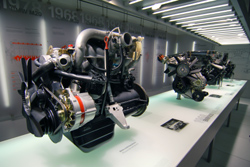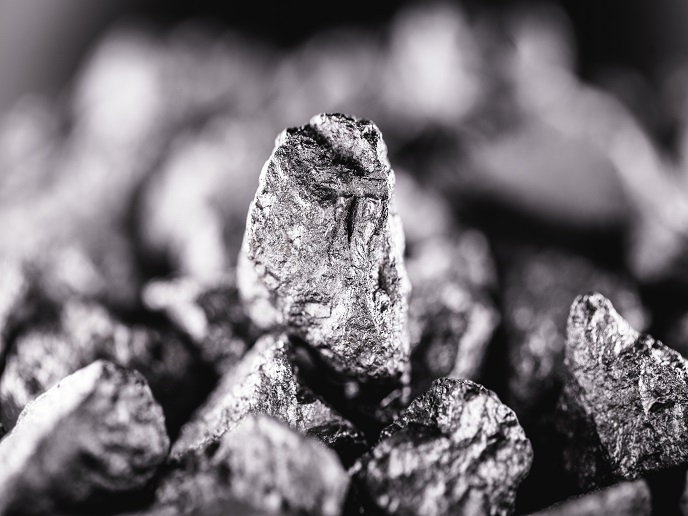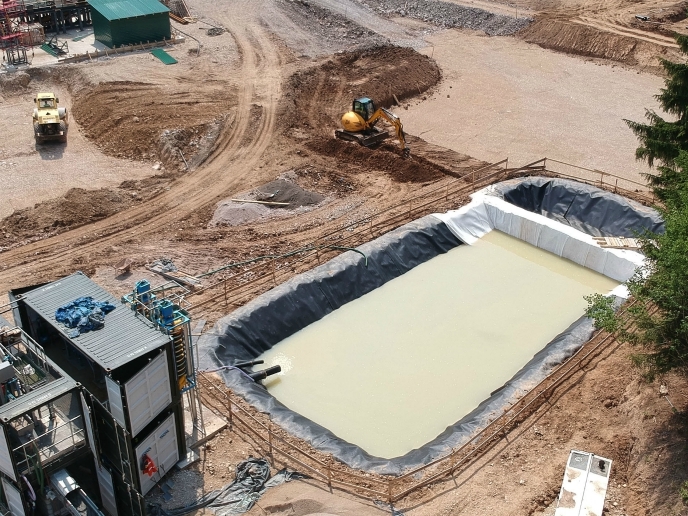Stretching the boundaries of steel powder metallurgy
Powder metallurgy is a precision manufacturing technique for the mass production of metal automotive components, such as gears from iron and carbon steel powders. First, the fine metal powders are pressed inside a rigid die to obtain a porous, slightly cohesive material, the so-called green material. The second step consists of a thermal treatment below the melting point of the green material, during which the powder compact is transformed into a coherent solid. The hardness of the heat-treated materials that result from the formation of strong bonds between individual powder particles is highly desired. However, it is crucial to control it in order to reduce the need for expensive finishing operations. Aiming to address the lack of comprehensive information on sintering of steel powder compacts, engineers at the Institut National Polytechnique de Grenoble adopted an innovative approach. A thorough analysis of the macroscopic deformation of steel powder compacts during the sintering cycle was coupled with three-dimensional (3-D) observations of the microstructural changes. Conventional dilatometric tests were performed on cubic specimens taken out of test bars to follow the evolution strains in either the pressing direction or a transverse one. A better understanding of the main phenomena responsible for the deformation of the steel powder compact was provided by means of X-ray absorption microtomography. Two different types of pores were present in the steel powder compact: cusped and elongated pores. Elongated pores were detected at the contact area between powder particles, which were mostly perpendicular to the direction of compaction. These contact pores were attributed to microdamage and lubricant particles crushed between steel particles during unloading and ejection of the compact out of the die. While contact pores open up, the powder compact is swelling and shrinks when sintering starts and they get closer. Future studies will aim to investigate the effect of the material composition on the deformation of metal powder compacts. The hope of the PM-MACH project partners is to use the information collected to develop effective techniques for machining powder compacts before sintering and therefore reduce manufacturing costs.







